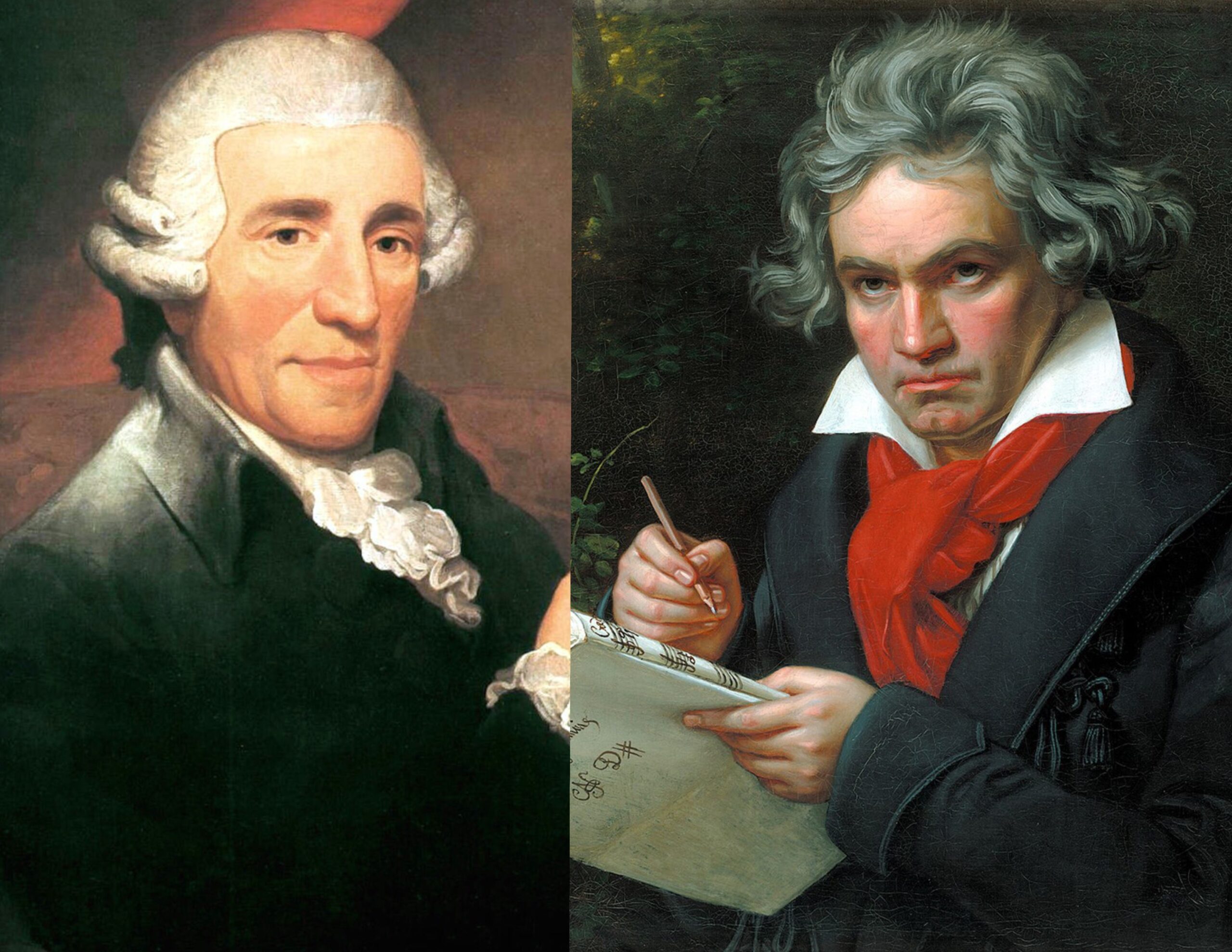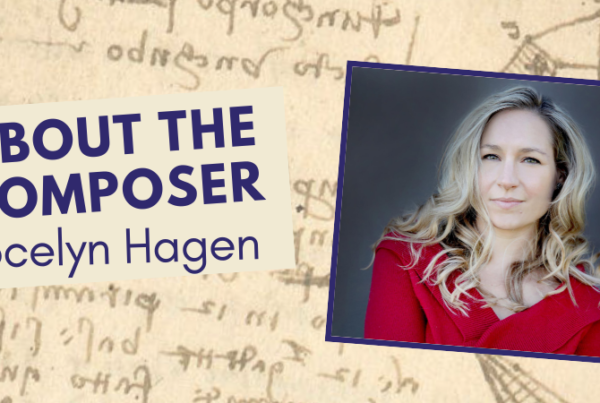For the final concert of Season 73, the Flagstaff Symphony pays homage to Joseph Haydn, “father of the symphony” and his pupil the famously tumultuous Ludwig Van Beethoven. Join us on April 14th at 7:30pm in Ardrey Auditorium and learn more about the program by reading below!

Franz Joseph Haydn, Missa in Angustiis (Lord Nelson Mass) for four soloists, chorus, and orchestra in D minor.
NAU Shrine of the Ages, directed by Timothy Westerhaus, will join the Flagstaff Symphony Orchestra.
Length: 40 minutes Composed: 1798
About this Piece
Haydn witnessed many radical changes during his life. He was eighteen when Bach died in 1750 and seventy-two when Beethoven’s “Eroica” Symphony was first performed in 1804. He was hailed as a genius throughout Europe, admired and revered by the public and by his peers. Mozart said, “Haydn alone has the secret both of making me smile and of touching my innermost soul.” Even Napoleon, on capturing Vienna, immediately ordered a guard of honor to be placed around Haydn’s house.
In 1795, Prince Nikolaus Esterhazy, Haydn’s employer, commissioned him to compose a new setting of the mass each year to mark the name-day of his wife, Princess Maria. The superb Missa in Angustiis of 1798, the third and most celebrated of these masses, was described by the composer’s chief biographer as “arguably Haydn’s greatest single composition.”
In 1800, Nelson, heralded as the savior of Europe since his recent crushing victory over Napoleon’s fleet, visited Prince Nikolaus at Eisenstadt, where he met Haydn. While there, this piece was performed in his honor. It used to be assumed that the mass had been inspired by Nelson’s victory, but we now know that news of the battle did not reach Eisenstadt until two weeks after the work was completed.
For economic reasons Prince Nikolaus had dismissed nearly all the wind players from his court orchestra, leaving Haydn with only trumpets, timpani, organ and strings. With typical resourcefulness he turned this into an opportunity, creating a distinctive sound with writing for trumpets that is particularly imaginative.
Despite the foreboding of the Kyrie and Benedictus, the prevailing mood of the Missa in Angustiis is one of jubilation. Haydn once observed, “At the thought of God my heart leaps for joy, and I cannot help my music doing the same.”
–Notes by John Bawden
Ludwig van Beethoven, Symphony No. 3 in Eb major (“Eroica”)
Length: 47 minutes Composed: 1802-1804
Haydn wrote 104 symphonies. Mozart, who died when he was only 35, wrote 41. Yet Beethoven only wrote 9. Other composers were beginning to find ways of incorporating ideas and current events in their music, but the unprecedented scale and intensity of Beethoven’s Eroica (Heroic) Symphony formed something entirely new. This piece elevated symphonies to the primary medium for composers’ most important ideas. It left early audiences aghast at its sheer length; the first movement alone is longer than many of the symphonies that came before it.
The Eroica is famous not only for its music but for its intended dedication to Napoleon Bonaparte. When he heard that the Frenchman had declared himself emperor, Beethoven scratched out the dedication on the title page of his newly completed symphony so violently it left a hole in the paper.
Or perhaps the hero was Beethoven himself? He composed the Eroica after the greatest personal and spiritual crisis of his life. In October 1802 he finally came to terms with losing his hearing, drafting an anguished letter combining elements of suicide note, last will, and artistic manifesto. In it he grappled with ending his life but vowed to carry on only in order to continue his work. Composed the following spring, the Eroica may represent his own personal triumph over unimaginable adversity.



